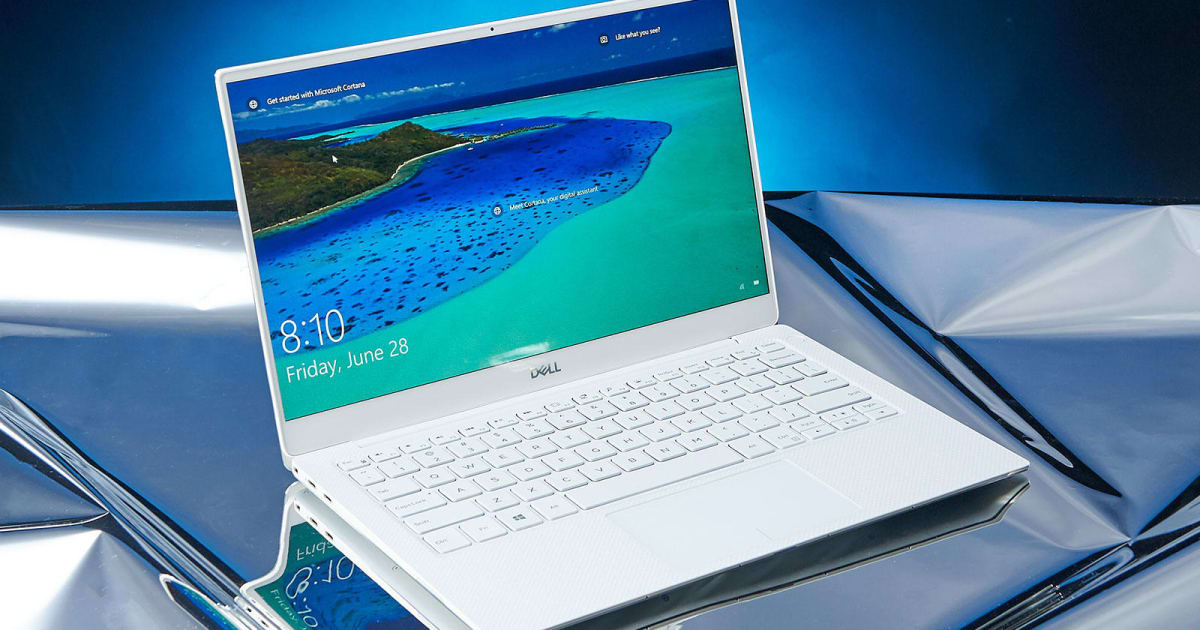How to buy a laptop for school in 2019 - 5 minutes read
 How to buy a laptop for school in 2019
How to buy a laptop for school in 2019If you're planning to tackle demanding tasks like video and audio editing or 3D modeling, we recommend getting something beefier than an ultraportable. That's where workhorse laptops like Dell's XPS 15, Lenovo's ThinkPad Extreme or the MacBook Pro come into play. Typically, they come with more-capable processors such as Intel's six-core i7-9750H and the top-of-the-line i9-9980HK, which can reach speeds up to 5GHz. And you can expect to see dedicated GPUs too, like NVIDIA's GTX 1650. We'd also recommend throwing in as much RAM as possible -- at least 16GB or, if you can afford it, 32GB.
While you could play games with these computers, they're meant for tougher work like rendering large video files. And yes, a capable gaming laptop could easily double as a workhorse PC, but they often cost more than something geared at multimedia. Instead, we suggest putting that money toward a larger high-quality screen, like the 4K OLED on the XPS 15. You'll need the screen space and better color accuracy that you'll find in premium displays.
You don't have to live with a cramped keyboard and laptop display for four years. You can easily find a 24-inch monitor for less than $200, which will give you more room for photo editing. And if you're dealing with timeline-heavy media, like audio and video editing, a 34-inch ultrawide display might be ideal. It's like having two screens side by side without crowding your desk with a dual-monitor setup. Ultrawides, naturally, are much more expensive than standard displays, but that investment might be worth it to help you manage large media projects.
An external keyboard and mouse will also be huge help through inevitable all-nighters. Splurge for ergonomic gear like Microsoft's Sculpt keyboard and mouse to keep your wrists safe from repetitive stress injury. And if your laptop is powered by USB-C, it's worth investing in something likeDell's Universal Dock so you don't have to plug in all of your gear every time you sit down. And don't forget about audio: You'll need a decent pair of headphones likeSony's WH-1000XM3 and speakers like Audioengine's A2+ Wireless ($180) to liven up your room.
It's also worth investing in cloud storage to keep all of your work backed up. The easiest route is to subscribe to Office 365, which gives you full access to Microsoft's productivity suite and a terabyte's worth of OneDrive storage. While you could survive on Google's free online software, it's worth spending time with Microsoft Office, especially since you'll likely end up using it in future office jobs. If you're dealing with large media files, an external hard drive like Seagate's Backup Plus ($48+) is also essential.
Here are a few other things to keep in mind as you seek out the perfect laptop:
Try them in person! Online reviews can give you a sense of how every notebook ranks, but it's still worth getting your hands on a notebook to see if you're OK with its keyboard and overall size. Even if you can't test out the specific model you want, you can get a sense of similar machines at Best Buy. Take advantage of resources from your school's IT department. That typically includes discounted software, including Microsoft Office and Adobe products. And in many cases, it can also help out with any computing issues. Make sure your smartphone plan includes tethering. This is typically a default option with most subscriptions, but that's not always the case with prepaid devices. Being able to turn your phone into a WiFi hotspot will make it easier to get work done anywhere.
Source: Engadget
Powered by NewsAPI.org
Keywords:
Laptop • Video • Audio engineer • 3D modeling • Subnotebook • Laptop • Dell • Dell XPS • Lenovo • ThinkPad • MacBook Pro • Central processing unit • Intel • Intel Core • Graphics processing unit • Nvidia • Random-access memory • Computer • Gaming computer • Personal computer • Multimedia • Ultra-high-definition television • OLED • Open XML Paper Specification • Color • Display device • Computer keyboard • Laptop • Display device • Inch • Computer monitor • Image editing • Data storage device • Sound • Video editing software • Display device • Display device • Multi-monitor • Computer monitor • Computer keyboard • Computer mouse • Human factors and ergonomics • Microsoft • Computer keyboard • Computer mouse • Repetitive strain injury • Laptop • USB-C • AC power plugs and sockets • Digital audio • Headphones • Loudspeaker • Wireless network • Cloud computing • Backup • Office 365 • Microsoft Access • Microsoft • Productivity software • Terabyte • OneDrive • Computer data storage • Google • Free software • Cloud computing • Microsoft Office • Steve Jobs • Digital media • Computer file • Hard disk drive • Seagate Technology • Backup • Laptop • Laptop • Computer keyboard • Best Buy • Software • Microsoft Office • Adobe Systems • Computer • Smartphone • Tethering • Command-line interface • Subscription business model • Prepay mobile phone • Mobile device • Telephone • Hotspot (Wi-Fi) •